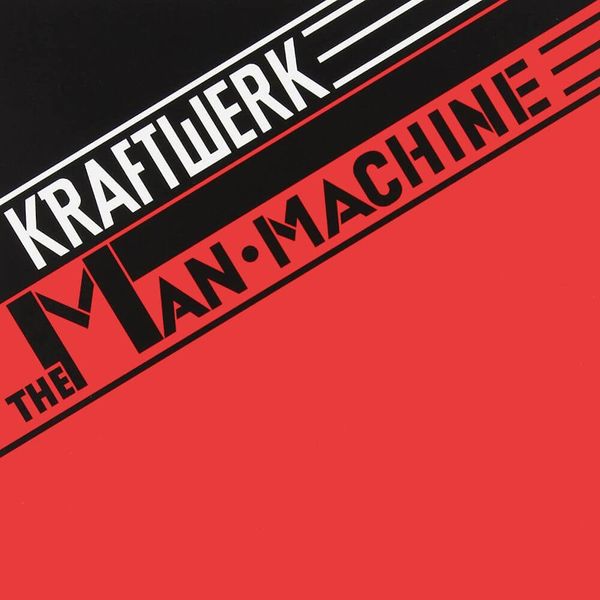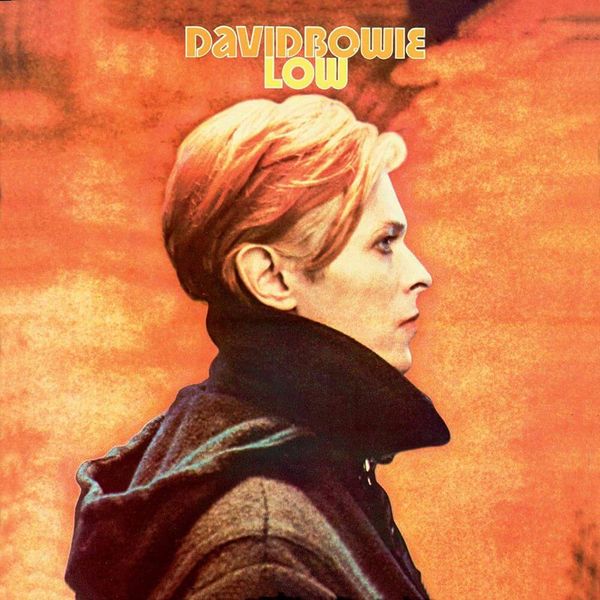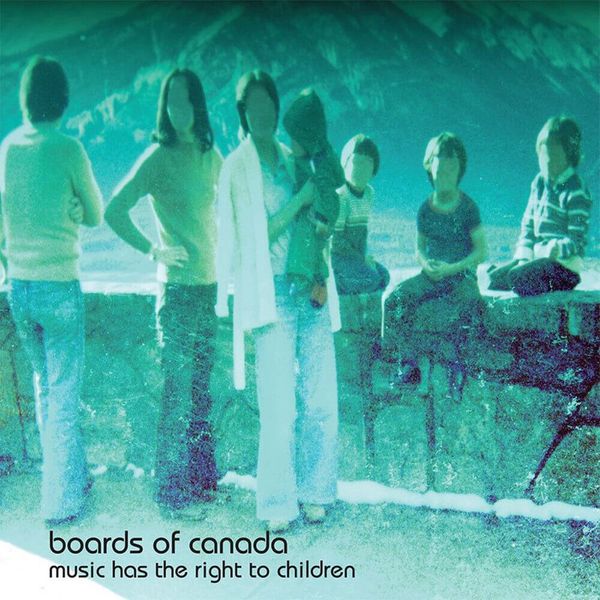André
To get the most out of Ambient 1: Music for Airports, it’s important to understand the concept behind it. Brian Eno’s intention was to ‘induce calm and a space to think’, with an end goal of making music that was ‘as ignorable as it is interesting’. Music for Airports largely succeeded on both accounts, and whilst it wasn’t the first album of its kind, it was effectively responsible for the establishment of ambient music. With all of Eno’s work, there remains a hint of indulgence, but that doesn’t detract from the effectiveness of the music itself. Almost forty years after its release, Music for Airports still stands as one of Eno’s greatest ever records, and its unlimited sound continues to be a huge influence in popular music, film scores, and game soundtracks.
The imagery of airports hints at stress, panic, and anxiety, with passengers rushing to catch flights and lines of people lingering at baggage claims. As a deliberate contrast, Music for Airports is comprised of calming tones that induce sedation and tranquillity. The sound, or lack thereof, is so loose and open-ended that listeners are obliged to attach their own emotions, and this continues to be one of the significant and long-lasting appeals of ambient music. The record’s sonic character is neutral; impartial to feelings of euphoria or sadness, meaning that any emotive quality is manufactured by the listener’s personal experience with the music. The sprinkled piano melodies of “1/1” may prompt a sensation of joy or nostalgia for one listener, whilst provoking feelings of extreme melancholy for another. Ambient music has certainly developed since Eno’s fundamental work — Aphex Twin and The Orb in particular were pushing all sorts of boundaries in the ’90s — but Music for Airports still feels like the purest and most considerate instance of the genre. A truly enduring work.
9 out of 10
Fred
The funny thing about ambient music is that — at least in theory — the less affecting it is, the more successful it is, and in this sense Ambient 1: Music for Airports is a very fine album. Soft and unexpectant, the rippling soundscape Eno crafts doesn’t demand attention, it’s just there; a willing soundtrack to experience, whatever that experience may be. Eno calls ambience ‘a tint,’ a ‘space to think,’ and it certainly provides that in Music for Airports. It loosens thought by giving it room to breathe.
Humdrum things seem rather profound and lovely when listening to Music for Airports. It’s so devoid of tension, so free — a truly meditative space. If you emptied your mind, “1/1” is what it might sound like. Eno barely seems in control, though of course he is. “2/1”, with its choir-like aura, is more affecting, like hearing hymns sung for their own sake. “2/2” has a more explorative vibe, anticipating the types of sound patterns that would define David Bowie’s Low.
It is a secular kind of music; lonely, but good lonely, pioneering nowhere in particular. When thoughts arise, they are made very comfortable. When they drop away, all the better. The album serves as an antidote to Pink Floyd’s “On the Run”, to the stockpiled tensions that make up most of our lives. As Eno says, ‘doubt and uncertainty’ crucially remain part of the mix on Music for Airports, but they are benign and indifferent. The chips fall where they may.
The work has enough variety to keep senses drifting, although it never quite envelopes me entirely. It’s almost too clever for its own good. There are other ambient pieces — unquestionably students of Eno’s own work, by the way — that I think do a better job of fulfilling its vision. I appreciate and value Music for Airports far more than I love it. It marks the potential for music to be benign, a venue for other things to happen in, and that’s extremely valuable. No gods, no masters, only synthesizers.
8 out of 10
Andrew
Ambient 1: Music for Airports was written as a sound installation to calm the anxious atmosphere of an airport terminal, and that makes critiquing it an interesting task. Closer to an art piece than a music release, it invokes thought rather than evoking an emotion of its own, and while that might normally be a negative, that is its purpose. Each piece finds its own way to glide along, painting a backdrop for the listener to fill.
For me, the weightlessness sends my mind to another world before it goes anywhere else, even in “2/2”, where the more synthesised timbre of the lead is more telling of its age and gives it a humble, modest quality that the rest of the album doesn’t have. The swelling vocals in “1/2” and “2/1” are particularly interesting, looping at different frequencies to create an interplay that in places sounds harmonious and angelic and in others atonal, verging on sinister. In “2/1” especially, where the piano is far more tentative and unpredictable, I’ve found an underlying sense of concern or foreboding that probably wasn’t entirely intentional. While the release has a purpose, Eno took to recording in unusual ways. Between the vocals which were looped and piped through aluminium chairs and the pianists that were improvising for “1/1” without being able to hear one another, a lot was left to chance. Eno’s intention to never see the pieces repeat themselves is probably a key reason why Music for Airports doesn’t sound at all human.
It’s difficult to score this kind of work, and while reviews at the time varied between branding it a ‘self-indulgent’ work which lacked focus to likening it to ‘a fine painting,’ calling it ‘soothing and sublime,’ I have a fondness for Music for Airports that keeps me returning. It’s not an overwhelming love, and it’s more than a distanced appreciation. Combined with the fact that this single release spawned decades of work after it, I think it deserves high critical acclaim.
9 out of 10



